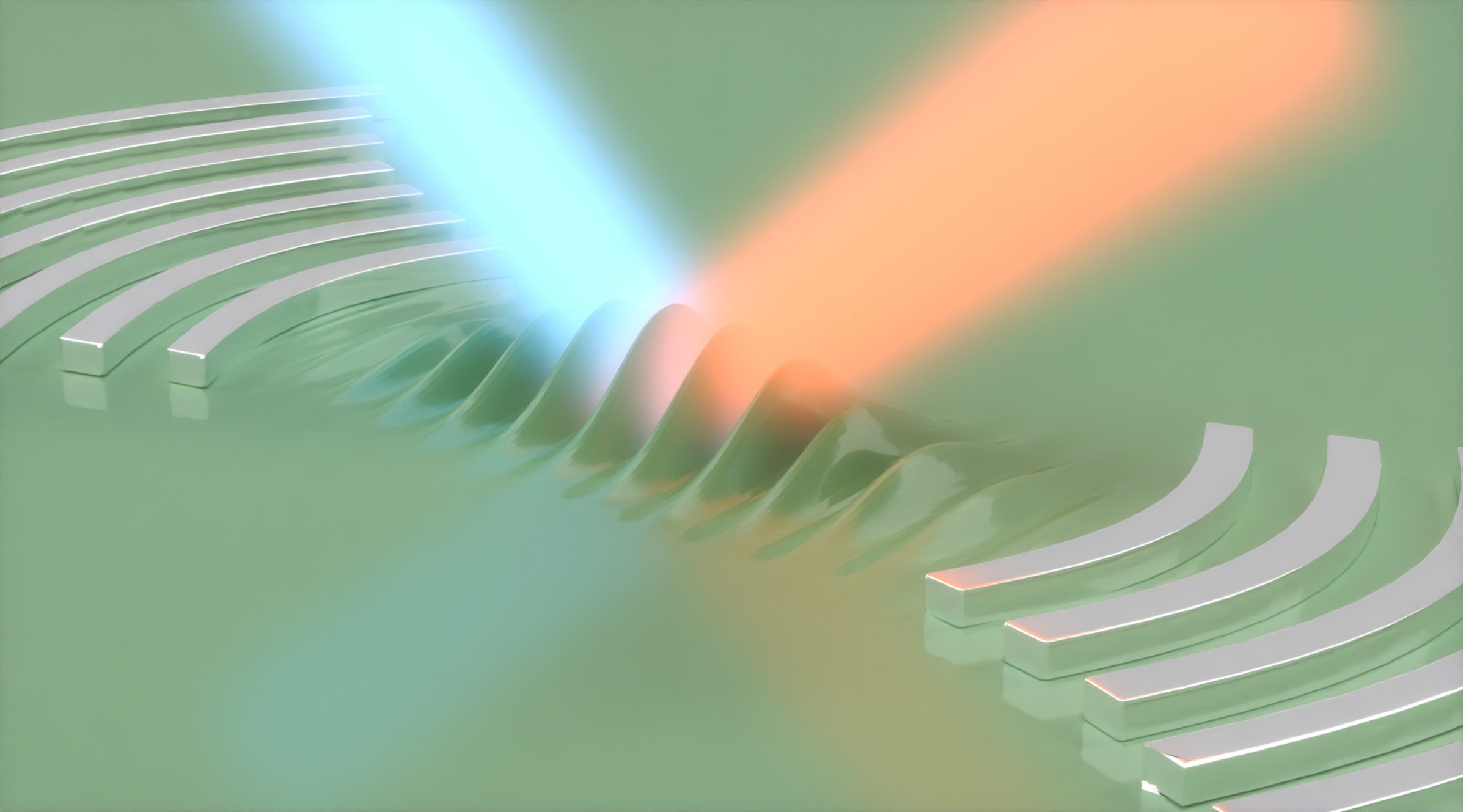Israel launched a wave of airstrikes across southern Lebanon early Sunday in what it said was a pre-emptive strike on Hezbollah, as the militant group said it had launched hundreds of rockets and drones to avenge the killing of one of its top commanders in July.
The Israeli military said it struck because Hezbollah was planning to launch a heavy barrage of rockets and missiles toward Israel.
Soon after, Hezbollah announced it had launched an attack on Israeli military positions as an initial response to the killing of Fuad Shukr, one of its founders, in an Israeli airstrike in Beirut last month.
By mid-morning, it appeared that the exchange had ended, with both sides saying they had only aimed at military targets.f
At least three people were killed in the strikes on Lebanon, while there were no reports of casualties in Israel.
Israeli Prime Minister Benjamin Netanyahu, speaking at the start of a cabinet meeting, said the military had eliminated “thousands of rockets that were aimed at northern Israel” and urged citizens to adhere to directives from the Home Front Command.
“We are determined to do everything to defend our country, to return the residents of the north securely to their homes and to continue upholding a simple rule: Whoever harms us — we will harm them,” he said.
Air raid sirens and flight diversions were reported in northern Israel, and Israel’s Ben Gurion international airport closed and diverted flights for approximately an hour due to the threat of attack.
Israel’s Home Front Command raised the alert level in northern Israel and encouraged people to stay near bomb shelters. Lt.-Col. Nadav Shoshani, an Israeli military spokesperson, said Hezbollah had intended to hit targets in northern and central Israel.
He said initial assessments found “very little damage” in Israel, but that the military remained on high alert.
He said around 100 Israeli aircraft took part in Sunday’s strikes. Lebanon’s Health Ministry reported that two people were killed and another two wounded in the strikes in southern Lebanon.
Separately, a fighter for the Amal group, which is allied with Hezbollah, was killed in a strike on a car, Amal said.
Hezbollah said its attack involved more than 320 Katyusha rockets aimed at multiple sites in Israel and a “large number” of drones.
It said the operation was targeting “a qualitative Israeli military target that will be announced later” as well as “enemy sites and barracks and Iron Dome [missile defence] platforms.”
A series of attacks and assassinations in recent days are pushing simmering Middle East tensions even closer to a boiling point. CBC’s Ellen Mauro breaks down the key events in recent days and why they’re fuelling fears of a wider conflict.
Ceasefire talks set to resume
The attacks came as Egypt is hosting high-level talks in Cairo on Sunday aimed at bridging the gaps in an evolving proposal for a truce and the release of scores of hostages held by Hamas.
The talks were to be attended by CIA director William Burns, Qatari Prime Minister Mohammed bin Abdulrahman Al Thani and Egypt’s chief intelligence official, Abbas Kamel, according to two Egyptian officials who spoke on condition of anonymity to discuss the sensitive negotiations.
The head of Israel’s Mossad intelligence agency, David Barnea, is also expected to attend, they said.
Hamas sent a delegation to the Egyptian capital to be briefed by Egyptian and Qatari mediators but is not directly taking part in the negotiations.
Daily exchanges of cross-border fire
Last week, Israel’s defence minister said he was moving more troops toward the Lebanese border in anticipation of possible fighting with the Iranian-backed group.
Israel and Hezbollah have been exchanging fire nearly daily, displacing tens of thousands of people on both sides of the border and raising fears that the fighting could escalate into all-out war.
But until Sunday, both sides have been careful to avoid a broader conflagration.
Hezbollah is considered much more powerful than its ally, Hamas. It has an estimated arsenal of 150,000 rockets and missiles, including precision-guided missiles.
In recent months the group has also stepped up its use of drones, against which Israel is less well-equipped to defend.
Israel has one of the world’s best militaries and an extensive multi-tiered missile defence system, and it is backed by a U.S.-led coalition that helped it shoot down hundreds of missiles and drones fired from Iran earlier this year.
The U.S. military has been building up its forces across the region in recent weeks.
A sequence of attacks between Israel and Hezbollah this week marks the most significant escalation of tensions on the Israel-Lebanon border since Oct. 7. It comes as officials from Israel, Qatar, Egypt and the U.S. met in Rome over the weekend to discuss a ceasefire in Gaza. Former hostage negotiator Gershon Baskin joins Power & Politics to discuss how the Israel-Hezbollah conflict could play into negotiations.




















Discussion about this post